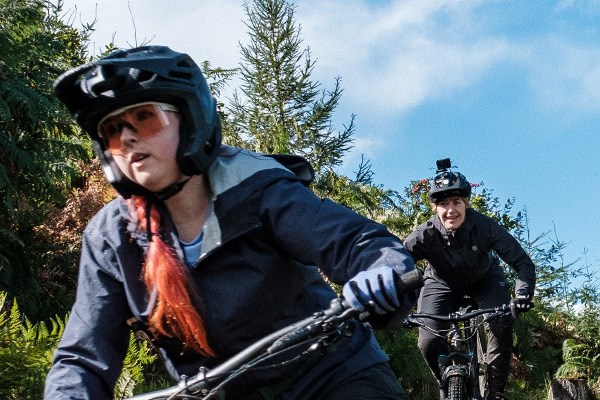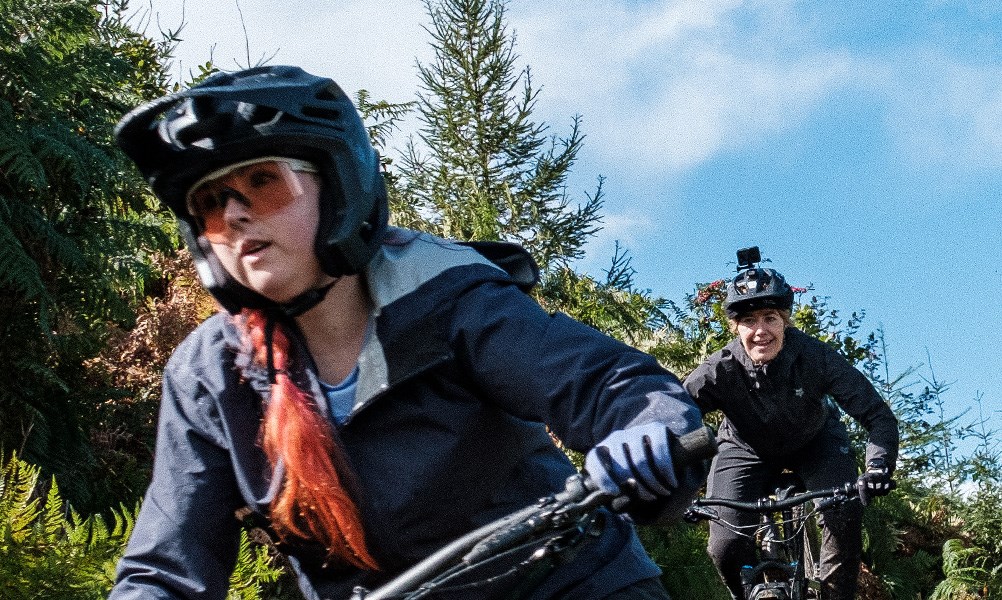While MTB helmets come in different shapes and styles, they share a core set of features common to all helmets. All bike helmets sold at Tredz meet or exceed the EN 1078 safety standard, but some MTB helmets offer additional protective features.
We cover the essential details of bike helmets – like in-mould construction, fit systems, strap design, and rotational impact protection like MIPS – in our general Bike Helmet Guide. If you're new to helmets or just want a broader view before diving into MTB-specific options, it’s a great place to start.
Specific Features of MTB Helmets
MTB helmets are designed with trail-focused riding in mind. That means a more upright riding position compared to road cycling, and features that cater to off-road challenges like variable terrain, trees, and fast-changing conditions. These features not only add protection but boost comfort and functionality too.
Visors
Peaks or visors are a staple of mountain bike lids. They shield your eyes from sun and rain, and can help fend off trail-side branches. On more premium helmets, visors are often adjustable and are designed to break away in a crash, helping to reduce the risk of added rotational force from leverage.
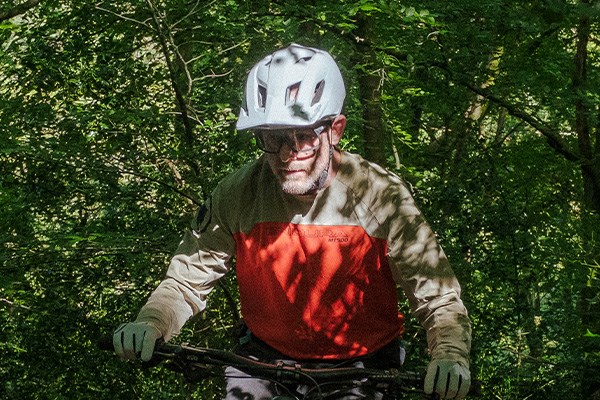
Goggles & Glasses
Goggle and eyewear integration is a key part of MTB helmet design. Full face and ¾ shell helmets are usually shaped for secure goggle fitment, with channels or contours to keep straps in place. Trail helmets often provide a middle ground, with enough rear shape and visor clearance for occasional goggle use. XC helmets lean more toward sunglasses, and many include storage ports to stow your glasses mid-ride. Trail helmets may include both features for eyewear flexibility.

GoPro Mounts
Some MTB helmets come ready for action with GoPro or similar action camera mounts. These may be removable clips or built into the helmet shell. They’re a handy way to record your rides, scout lines, or just capture the scenery – hands-free and without needing extra straps or accessories.
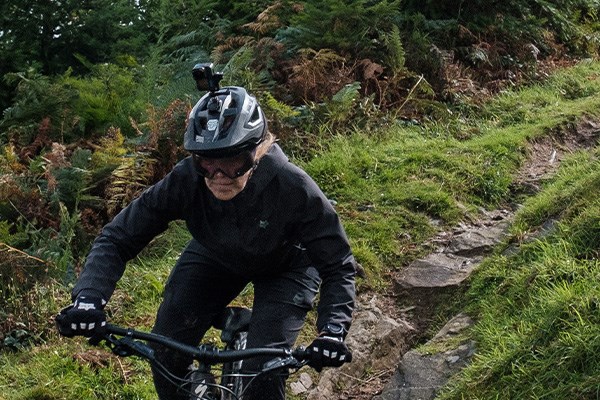
Types of MTB Helmet
Mountain bike helmets come in a range of styles, each tailored for different types of terrain and riding. From lightweight lids built for maximum ventilation to full-face protection for aggressive descents, the type of helmet you choose should match the way you ride.
XC Helmet
Cross-country helmets are the lightweights of the MTB world – designed for efficiency and comfort on long rides with an emphasis on the climbs. Ventilation is a priority, so they tend to have large, open vents to keep the airflow up when the pace gets hot. While the coverage is similar to road lids, XC helmets will include MTB-specific features like visors. If you're into all-day pedalling or cross-country racing, this style strikes a solid balance between breathability and protection.
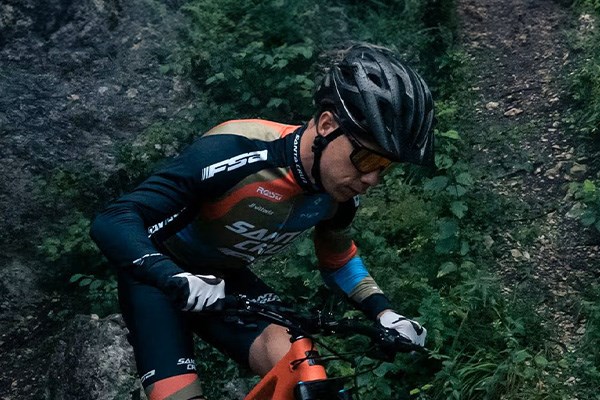
Trail Helmet
Trail helmets step things up in terms of coverage. You'll notice deeper protection around the back and sides of your head – ideal for the more technical descents and unpredictable terrain common on modern trail rides. While not quite as breezy as XC lids, trail helmets still offer decent ventilation, just with a more solid build. This type is the go-to for most riders tackling a mix of climbs, flowy singletrack, and technical features.
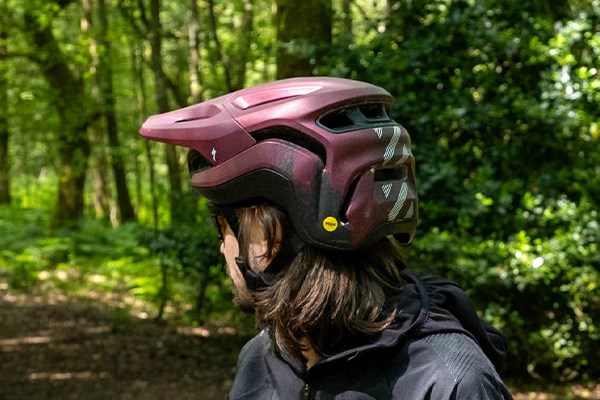
¾ Shell Helmet
These lids go beyond the trail category, offering extended protection that reaches over your ears – but without the full enclosure of a full-face helmet. Sometimes called ‘enduro’ helmets, they’re made for aggressive riding where the chances of off-line moments are higher. Many feature removable or fixed ear guards and offer better coverage without completely sacrificing airflow. If you’re hitting bike parks or riding rougher trails at speed, a ¾ shell helmet is worth a look.
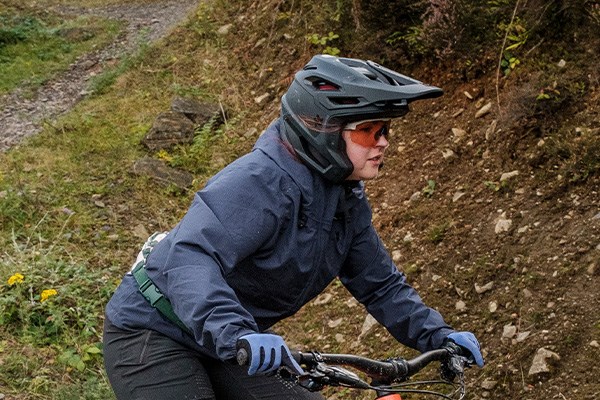
Full Face Helmet
Full face helmets are all about maximum protection. With a fixed chin bar and tough shell design, these helmets cover the entire head and face, making them the top pick for downhill racing, big jumps, and freeride sessions. That extra protection means less ventilation, so they’re often best saved for gravity-fed days or shuttle laps. Some models come with removable chin bars for versatility. Read our Full Face Helmet Guide for a deep dive into this category.

What Type of MTB Helmet is Best for Me?
The best mountain bike helmet for you depends on your riding style, terrain, and comfort preferences. It’s about matching the right level of protection to your typical trails while keeping things light and breathable enough to enjoy the ride.
For most riders, a trail helmet hits the sweet spot. Whether you're cruising blue trails, sessioning your local loop, or exploring new singletrack, trail lids offer the right blend of extended coverage and solid ventilation. They’re designed to protect key impact zones – especially around the back and sides of your head – without adding unnecessary bulk. If you're riding a hardtail or full-sus on varied terrain, a trail helmet is likely the one you’ll grab 90% of the time.
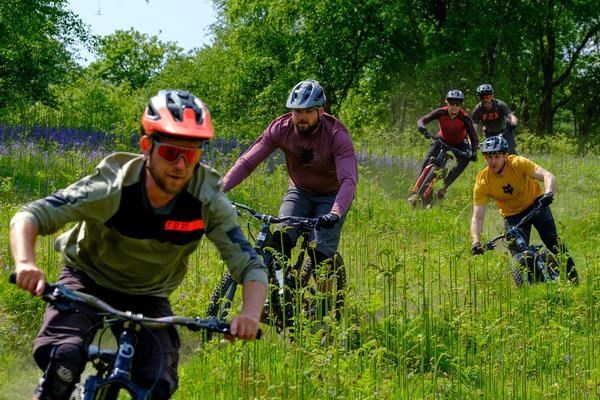
That said, if your riding leans more toward longer rides with lots of climbing and not too much technical descending, an XC helmet may suit better – they’re lighter, better ventilated, and often integrates well with performance eyewear. At the other end of the spectrum, if your local trails are steep, technical, or feature-packed, a ¾ shell or full face lid might give you more confidence when things get spicy.
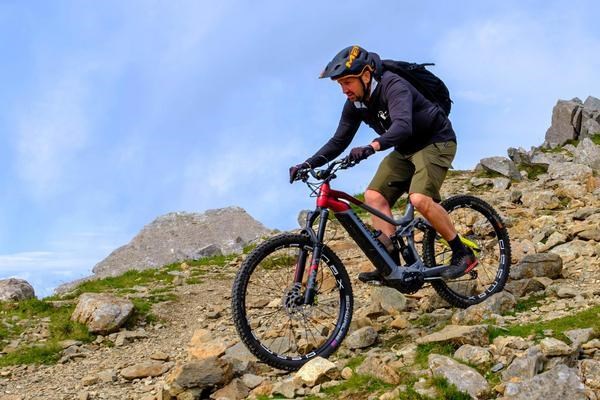
Whatever your choice, the best helmet is the one you’ll wear every ride – so make sure it fits well, feels good, and suits your riding. See our general bike helmet guide for more info on sizing.
